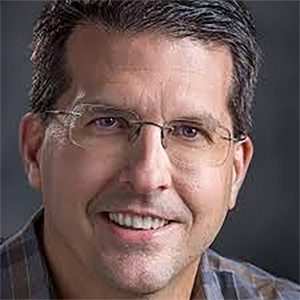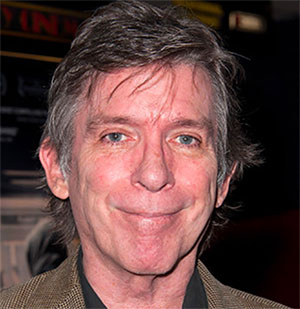Entertainment
/ArcaMax

The Jonas Brothers' music 'has aged very well'
Nick Jonas thinks The Jonas Brothers' music has "aged very well".
The chart-topping pop group - which includes Nick and his brothers, Kevin and Joe Jonas - are currently preparing for their 20th anniversary tour, and Nick loves that the band have evolved with their fans.
Speaking to People, he explained: "It's aged very well. It's one of those...Read more
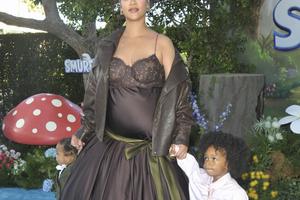
Rihanna reveals her sons 'both love music'
Rihanna's sons "love music".
The 37-year-old star has Riot, 23 months, and RZA, three, with rapper A$AP Rocky, and Rihanna admits that her sons have already developed a passion for music.
The chart-topping singer told E! News: "Both of them love music. Like it's insane because I'm like, 'Is that me or is that you, Rocky?' They love instruments...Read more
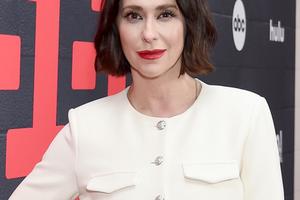
Jennifer Love Hewitt admits to experiencing 'a loss of innocence'
Jennifer Love Hewitt has experienced a "loss of innocence" since filming I Know What You Did Last Summer in the mid-90s.
The 46-year-old actress has reprised the role of Julie James for the new I Know What You Did Last Summer movie, and Jennifer admits that she can still relate to the teenage version of herself, even though she's experienced so...Read more

Q&A: 'The Studio's' Seth Rogen and Evan Goldberg hope their 23 Emmy nominations help stack Season 2
LOS ANGELES — His impact on the film world is debatable, but fictional Hollywood studio head Matt Remick has earned the respect of his TV peers.
The first season of "The Studio," which stars Seth Rogen as the bumbling Hollywood studio head, received 23 Emmy nominations, making the Apple TV+ series the most nominated freshman comedy in Emmy ...Read more
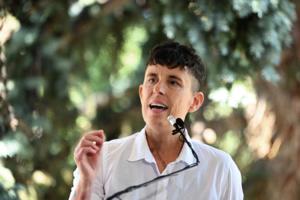
Andrea Gibson, poet and the subject of an award-winning documentary, dies at 49
LOS ANGELES — Andrea Gibson, a poet, activist and subject of the documentary film “Come See Me in the Good Light,” died on Monday following a four-year fight with ovarian cancer. They were 49.
According to an announcement made on Instagram, Gibson died on Monday at their Longmont, Colorado, home at 4:16 a.m., “surrounded by their wife, ...Read more
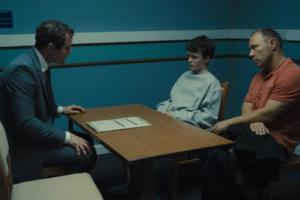
Q&A: 'Adolescence' actors and co-creators celebrate their 'magical' Emmy nods
LOS ANGELES — The makers behind Netflix's hit drama "Adolescence," knew their series about a 13-year-old boy accused of murdering a female classmate was something special.
And while creators and executive producers Stephen Graham and Jack Thorne were thrilled after learning that the U.K. drama received 13 Emmy nominations in the limited ...Read more
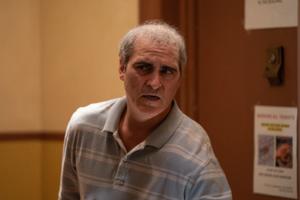
What to stream: Get to know films of Ari Aster and Jennifer Kaytin Robinson
Two exciting young genre filmmakers have films out in theaters this weekend: Ari Aster, with the contemporary Western “Eddington,” which he wrote and directed, and Jennifer Kaytin Robinson, with “I Know What You Did Last Summer,” a remake of the 1997 teen horror classic, which she directed and co-wrote with Sam Lansky and Leah McKendrick...Read more
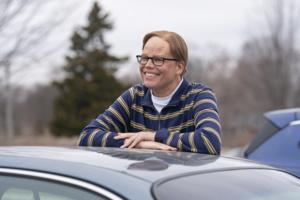
Q&A: Jeff Hiller of 'Somebody Somewhere' on his surprise Emmy nomination: 'I was truly shocked'
LOS ANGELES — File Jeff Hiller’s Emmy nomination— his first ever — for supporting actor in a comedy under 2025’s major surprises column. His portrayal of supportive bestie Joel to Bridget Everett’s Sam on “Somebody Somewhere” indeed ranks as one of the year’s best performances, but the nuanced comedy and its eclectic cast were ...Read more

Q&A: 'Love Island's' Iain Stirling reflects on the hit reality TV show that's taking over the country
ANAHEIM, Calif. — Iain Stirling, the comedian cracking jokes as contestants on “Love Island” battle it out for love and cash, is wrapping up the latest season of the reality TV megahit and hitting the road on a stand-up tour that’s slated for shows in New York and Los Angeles this fall— and yes, his set will include “Love Island” ...Read more

Emmy nominations 2025: List of nominees
LOS ANGELES — The countdown is over: The 2025 Emmy nominations have been announced.
"Severance," Apple TV+'s sci-fi workplace dark comedy, was the top nominee, earning 27 total nominations. HBO's gritty comic book gangster origin story, "The Penguin," followed with 24 total noms. The swanky luxury drama "The White Lotus" and the sharp ...Read more
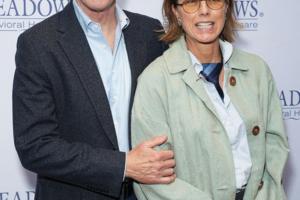
'Madam Secretary' co-stars Téa Leoni and Tim Daly are now real-life spouses
LOS ANGELES — Téa Leoni and Tim Daly, I now pronounce you Mr. & Mrs. "Madam Secretary."
The pair of actors, who shared the screen on the CBS political drama, will now share a life together as husband and wife, making their TV romance a reality. Leoni, 59, and Daly, 69, tied the knot Sunday in a private ceremony, The Times confirmed Tuesday. ...Read more
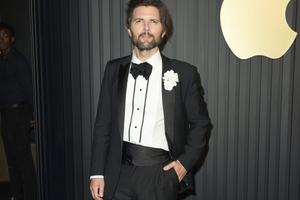
Severance leads Emmy nominations
Severance leads this year's list of Emmy nominations.
The psychological thriller series - which is executive produced and primarily directed by Ben Stiller - has received 27 nominations for its second season, including a nod in the Outstanding Drama Series category.
Severance is competing with Andor, The Diplomat, The Last of Us, Paradise, The...Read more

My LGBTQ fans are in a league of their own, says Rita Ora
Rita Ora considers her LGBTQ fans to be "in a league of their own".
The 34-year-old pop star has developed a big fan following among the LGBTQ community over the years, and Rita admits that the affection is mutual.
The singer - who toured with Kylie Minogue earlier this year - told People: "They're just in a league of their own.
"There is so ...Read more
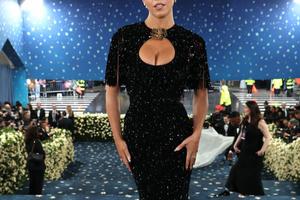
Sydney Sweeney 'plans to launch lingerie line'
Sydney Sweeney is reportedly set to launch her own lingerie line.
The 27-year-old actress' latest business venture has received backing from Amazon billionaire Jeff Bezos and his new wife, Lauren Sanchez, who have "invested" in new brand.
A source told Us Weekly that Sydney's new lingerie line is launching "very soon".
The blonde beauty - who...Read more
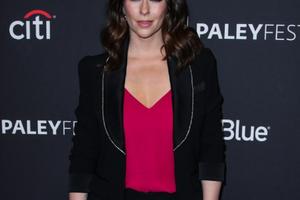
Jennifer Love Hewitt felt 'hesitant' towards I Know What You Did Last Summer
Jennifer Love Hewitt was initially "hesitant" to commit to I Know What You Did Last Summer.
The 46-year-old actress has reprised the role of Julie James for the long-awaited sequel, but Jennifer admits that she was initially sceptical about the project.
The film star - who played Julie in 1997's I Know What You Did Last Summer and 1998's I ...Read more
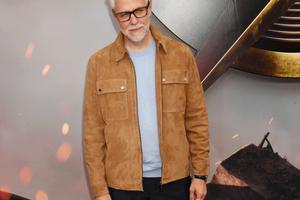
David Corenswet hails Superman director James Gunn
James Gunn created a "familial feeling" on the set of the new Superman movie.
David Corenswet plays Superman in the superhero film, and the 32-year-old actor has revealed that he relished the experience of watching the movie for the first time with the cast and crew at the premiere in Los Angeles.
During an appearance on The Tonight Show ...Read more
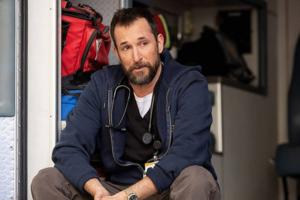
Q&A: Noah Wyle on his Emmy nomination for 'The Pitt': 'This time around, it's much more gratifying'
LOS ANGELES — Twenty-six years after Noah Wyle was last nominated for an Emmy, for his role as Dr. John Carter on NBC's long-running medical drama "ER," the actor has scrubbed back in for a chance at a golden trophy.
The star and executive producer of "The Pitt" received a nomination for lead actor in a drama series for his role as Dr. ...Read more
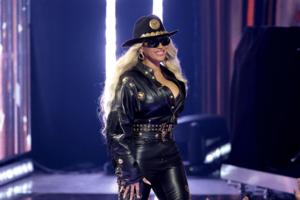
Beyoncé's unreleased music was stolen. Now Atlanta PD has an arrest warrant in hand
LOS ANGELES — Thinking of stealing from Team Beyoncé? Think twice, because Atlanta police have a suspect in their sights after jump drives containing unreleased music by the singer were stolen from her choreographer’s van.
Queen Bey just wrapped up her shows in the ATL, but a bad tone was set for the four-night stand on July 8 when a Jeep ...Read more
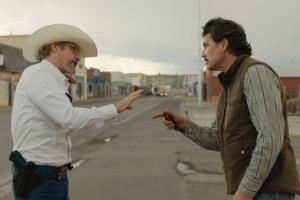
Movie review: Ari Aster grapples with recent past in 'Eddington'
In every one of his films, writer/director Ari Aster has unpacked a trauma, usually his own. In the folk horror film “Midsommar,” it was relationships, while in “Hereditary,” “Beau Is Afraid,” and his short film, “The Strange Thing About the Johnsons,” he dove into family trauma to horrifying and absurdly comic ends. In his new ...Read more
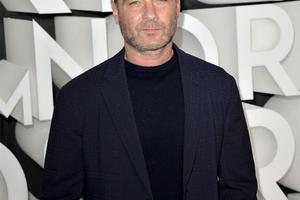
As a child, I was fascinated by clowns...' Liev Schreiber reveals inspiration for acting career
Liev Schreiber was inspired to become an actor by his passion for clowns and the circus as a child.
The 57-year-old star has revealed he was always intrigued by clowns from his trips to the circus with his grandfather Alex Milgram - his mother Heather Milgram's father - and the first seeds of his career were shown when he wanted to entertain ...Read more
Inside Entertainment News
Popular Stories
- Unreleased Beyoncé music stolen from car during her Atlanta tour stop
- Stevie Wonder reveals why his blindness is a 'blessing'
- Nicolas Cage reveals why Sarah Jessica Parker relationship didn't work out
- WWE legend Nikki Bella wants to 'earn her spot' in current era
- Hannah Waddingham compares Ted Lasso to 'beloved dead dog' which has been 'exhumed'


